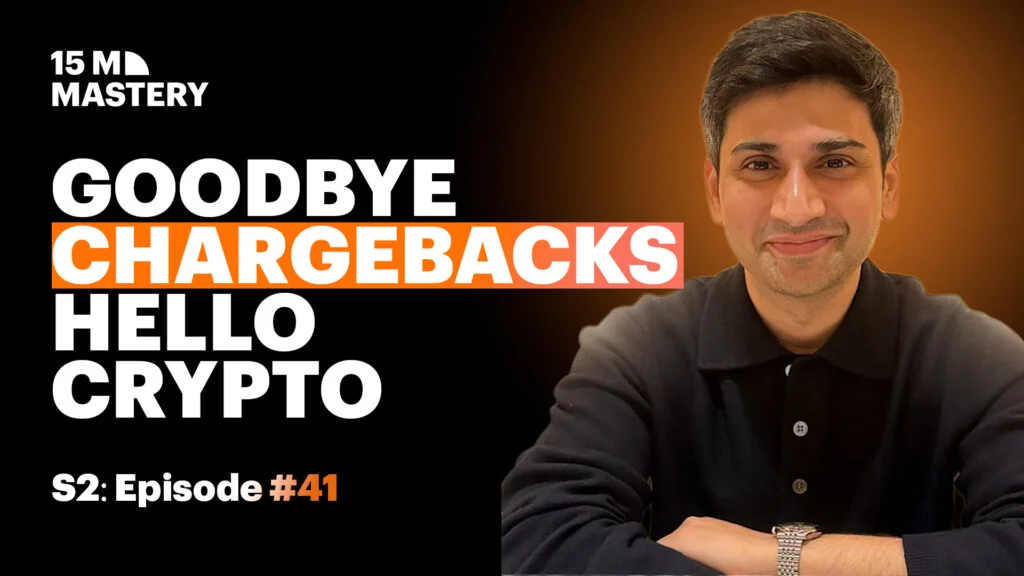From Friction to Flow: How Decentralised Identity Could Redefine iGaming Onboarding
Mitul Manish, co-founder and Chief Product & Technology Officer at Open Wallet, believes there’s a smarter way forward. In his return to 15M Mastery, he explains how decentralised identity (DID), passkeys, and zero-knowledge proofs could dramatically streamline sign-up, reduce fraud, and return control to the player.
What is Decentralised Identity?
Decentralised identity lets users prove who they are once and reuse those credentials across platforms without handing over personal data each time.
“It’s built around a triangle of trust,” Mitul explains. “You have an issuer, like a government or university, who provides a credential. A holder, the user’s wallet and a verifier, the operator or site that needs to check identity.”
These credentials are cryptographically signed and linked to the user’s decentralised ID (DID). The result: players can prove facts (like age or location) without revealing anything else and they never have to upload the same ID document again.
Speed and Privacy, Not Just Security
This model also improves onboarding speed. “If you’ve already completed a liveness check once, you shouldn’t have to do it again,” says Mitul. “Right now that process can take five minutes… or five days. With verifiable credentials, it’s more like 30 seconds.”
But the privacy benefits go beyond speed. Unlike a paper ID, which shares your name, address, date of birth, and more, DIDs enable selective disclosure. Players can prove they’re over 18 without showing where they live.
Better Protection Against Account Takeover
Wallet security remains a weak point for many users. The problem? Most rely on seed phrases or single private keys, and that introduces a single point of failure.
Mitul’s solution is multi-party computation (MPC).
“At Open Wallet, your keys are sharded and encrypted across servers. Then you authenticate transactions using a passkey, tied to your face or fingerprint,” he explains. “There’s no seed phrase to steal. No gallery photo to scan. It’s a big step up in security.”
This setup also means operators can request and store cryptographic signatures for key actions, like consent, logins, or wallet deletion. That creates clear audit trails and reduces legal ambiguity in the event of disputes.
From 7-Page Forms to 3-Click Signup
So what does this look like in practice? Instead of filling out lengthy forms, a user could:
- Scan a QR code to connect their wallet
- Sign a message to confirm identity
- Share only the credentials required, like proof of age or jurisdiction
“No passwords. No email confirmation loops. No document uploads,” Mitul says. “And if required, the operator still gets a legally binding digital signature.”
This doesn’t replace regulatory requirements, but it does make them faster, cleaner, and more secure.
How to Pilot This Tomorrow
Despite sounding complex, adoption is getting easier. Apple, Google, and Microsoft now support passkey login natively, and SDKs from tools like Third Web or Alchemy let operators plug DID and embedded wallets into their sites with minimal code.
“In the past, it would’ve taken a month to integrate,” Mitul says. “Now it can be done in three days.”
For crypto-native users, platforms can support WalletConnect. For others, embedded wallets, tied to their device and protected with passkeys, reduce friction while keeping control decentralised.


